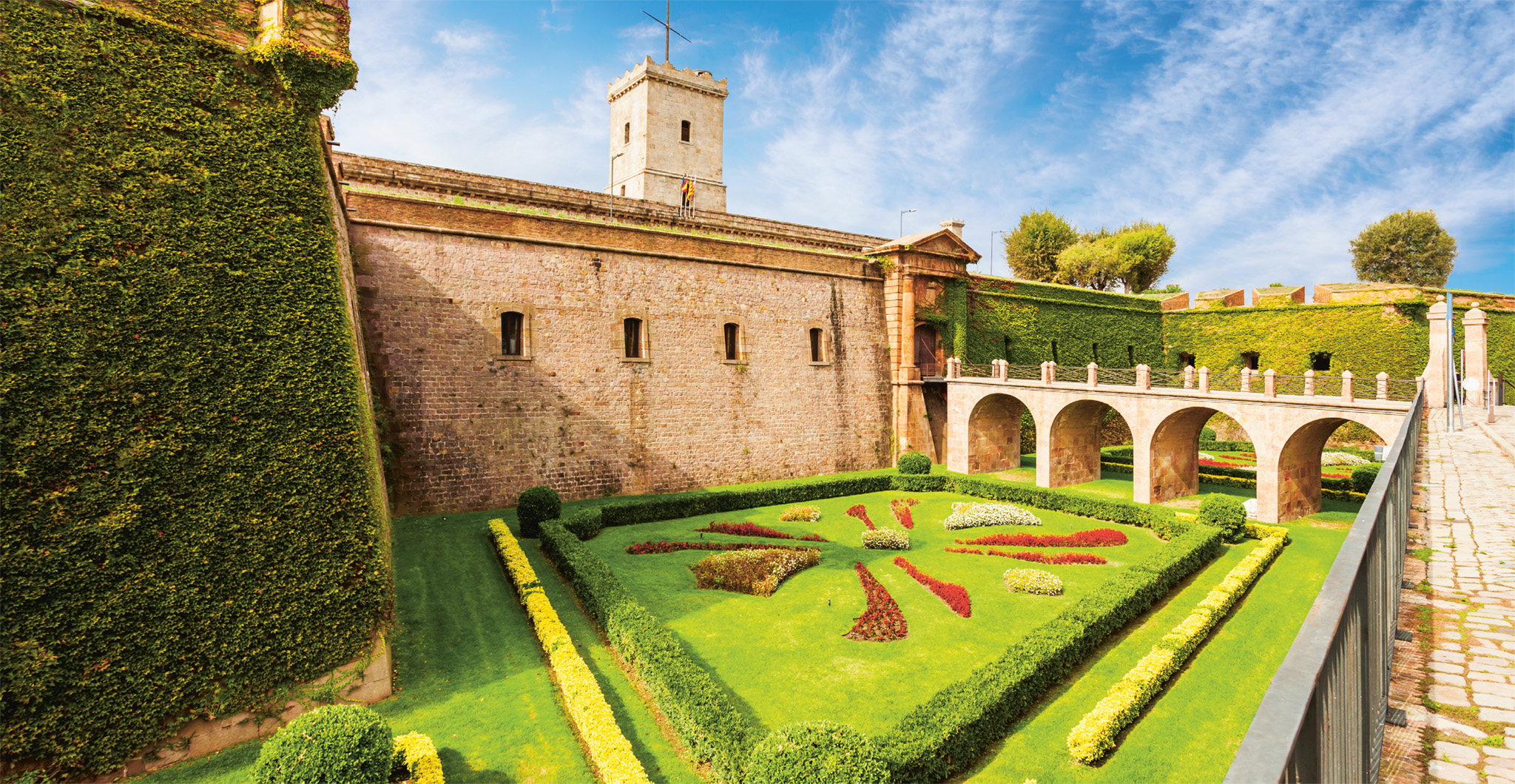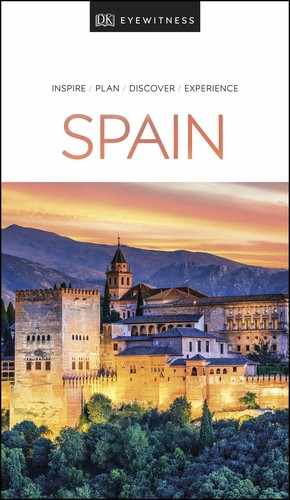Montjuïc

t Beautiful manicured gardens enclosed by the Castell de Montjuïc
Experience Montjuïc
There was probably a Celtiberian settlement on this 213-m- (699-ft-) high hill before the Romans built a temple to Jupiter here, on what they called Mons Jovis (the Hill of Jove), which may have given Montjuïc its name. But another theory suggests that the hill was once home to a Jewish cemetery and that the name Montjuïc developed from it being called “the Mount of the Jews”.
Naturally wooded, the slopes of Montjuïc were for years used to grow food and graze cattle to feed the Old Town. The absence of a water supply meant that there were few buildings on Montjuïc until a castle was erected on the top in 1640. This garrison famously shelled parts of Barcelona in 1842 to end an insurgency against Isabella II. The hill finally came into its own as the site of the 1929 International Exhibition. With great energy and flair, buildings were erected all over the north side, with the grand Avinguda de la Reina María Cristina, lined with huge exhibition halls, leading onto the base of the hill from the Plaça d’Espanya. One of these buildings was a stadium intended to host an alternative 1936 Olympics, in opposition to the Nazi-hosted competition in Berlin, but the event was cancelled on the outbreak of the Spanish Civil War. It seems fitting, then, that the last great surge of building on Montjuïc was for the 1992 Olympic Games, which left Barcelona with world-class sports facilities.
